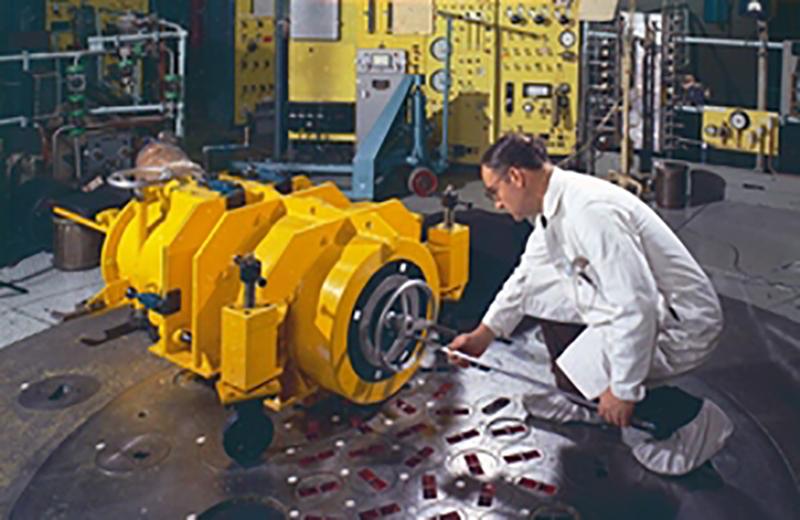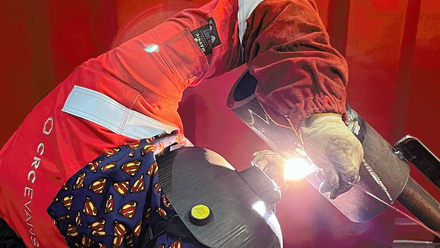Happy 75th Harwell
This year marks the 75th anniversary of the birthplace of the UK’s nuclear industry, we look at the changing face of Harwell.

In over 75 years of operation the Magnox site at Harwell, UK, has been at the forefront of UK nuclear research. This includes the construction of the first nuclear reactor in Western Europe and being celebrated for its pioneering work in laser isotope separation.
During the early years of UK nuclear when the industry was in need of data upon which to base the design of its reactors and associated fuel cycle plant, Harwell provided much of that essential information.
Fourteen experimental reactors were built, with GLEEP and BEPO the first two to be constructed. Both were used to provide data for the Windscale reactors, with GLEEP running for an astonishing 43 years.
A dozen other reactors soon followed, arguably the most important of which were two large materials testing reactors, DIDO and PLUTO. Several zero and low energy reactors were also built, including ZEPHYR and NEPTUNE. ZETA was built to advance the understanding of fusion power, work which was later moved to Culham.
To support the nuclear programme, a range of research facilities were built, with Harwell’s radiochemistry laboratory being one of the most advanced in the world. Van de Graaff accelerators, a Tandem generator and cyclotron were built to probe into the atom, alongside purpose built chemistry, chemical engineering and materials research laboratories.
Waste management facilities were constructed to treat active and non-active solid and liquid radioactive waste from these activities.
By the late 1960s the need for fundamental nuclear research dwindled, which led to decades of change as the focus moved towards applied nuclear and non-nuclear research.
Harwell diversified into many new areas, materials technology, non-destructive testing, and electronics to name but a few. Spin off technologies benefited a wide range of industries, such as the offshore oil and gas industries, medical, computer programming and chemical engineering.
Some of the more high profile projects the site was involved in included detecting metal fatigue in Big Ben; contributing to the investigation into the King’s Cross fire, measuring cosmic ray doses on Concorde and carbon dating ancient artefacts; including the Winchester Round Table.
In the late 1980s Harwell took delivery of what at the time was the world’s most powerful computer, the CRAY-2 supercomputer. During this time laser beams were being used to investigate aspects of the basic science and technology of laser isotope separation.
The 1990s brought about many changes, with research and laboratories ceasing operations and the focus moving to decommissioning and environmental restoration.
The new millennium saw the pace of decommissioning and restoration move up a gear, and in 2005 Harwell became part of the Nuclear Decommissioning Authority’s decommissioning programme.
Harwell has now completed the dismantling of the GLEEP reactor, the Tandem Van Der Graff Generator, and many purpose built laboratories. A number of facilities, including DIDO, PLUTO and BEPO remain, awaiting their final decommissioning journey.
Large areas of the site have been delicensed and removed from the controls of the Nuclear Installations Act and the security fence realigned. The delicensed land has formed part of the wider Harwell Campus which today has many scientific and space related tenants.







